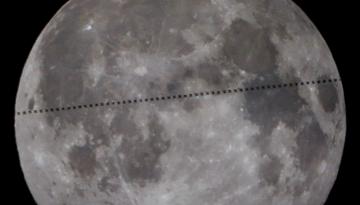
Mysterious radio signals are being emitted from space from a single source nearly half a billion light-years from Earth.
A team of astrophysicists in Canada discovered the fast radio bursts (FRBs) - which normally occur sporadically - are appearing for the first time in a regular pattern.
FRBs are bright, millisecond-long sparks of radio emissions in space.
The researchers from the Canadian Hydrogen Intensity Mapping Experiment (CHIME) recorded 28 repeated bursts from September 16, 2018 to October 30, 2019.
The signal is named FRB 180916.J0158+65, and the study found it burst every 16.35 days. For four days the signals would spark every hour, then it would be silent for 12 days.
The findings are in an article on arXiv, meaning the study has been moderated but isn't fully peer-reviewed. The authors are all part of the CHIME/FRB collaboration, which has studied FRBs in recent years.
FRBs often only spark once, making it difficult to track the bursts to one source galaxy, according to Science Alert.
Other FRBs emit repeating radio flares at an unpredictable rate. These are easier to track to a galaxy but it "hasn't brought us a great deal closer to an explanation".
CHIME discovered in 2019 they had detected eight new repeating FRBs, bringing the then-total to 10 repeaters.
FRB 180916.J0158+65 was among these eight, but apart from its repeated bursts it reportedly "didn't appear to be anything special".
But it was only when CHIME continued to research this FRB that they discovered its pattern.
"The discovery of a 16.35-day periodicity in a repeating FRB source is an important clue to the nature of this object," the researchers wrote in their article.
Other objects that show periodicity are binary systems such as stars and black holes.
This FRB has been traced to the outskirts of a spiral galaxy 500 million light-years away in a star-forming region.
While it is unlikely to be part of a supermassive black hole, a smaller stellar-mass black hole is possible.
And if the signals suddenly stop being consistently periodic, there is a chance that tidal disruptions from a black hole may have blocked its radiation.


